Companion Plants That Will Help Your Green Beans Thrive
Companion Planting That Will Help Your Green Beans Thrive
Green beans are a delicious and versatile vegetable that can be enjoyed fresh, frozen, or canned. They are also relatively easy to grow, but there are a few things you can do to help them thrive. One of those things is companion planting.
Companion planting is the practice of planting certain plants together in order to benefit each other. Some plants attract beneficial insects, while others help to suppress pests or diseases. Some plants even improve the soil quality or provide shade.
When it comes to green beans, there are a number of companion plants that can help them grow healthy and productive. Here are a few of the best:
- Marigolds: Marigolds are a classic companion plant for a reason. They help to repel a variety of pests, including Mexican bean beetles, aphids, and whiteflies. They also improve the soil quality by attracting beneficial nematodes.
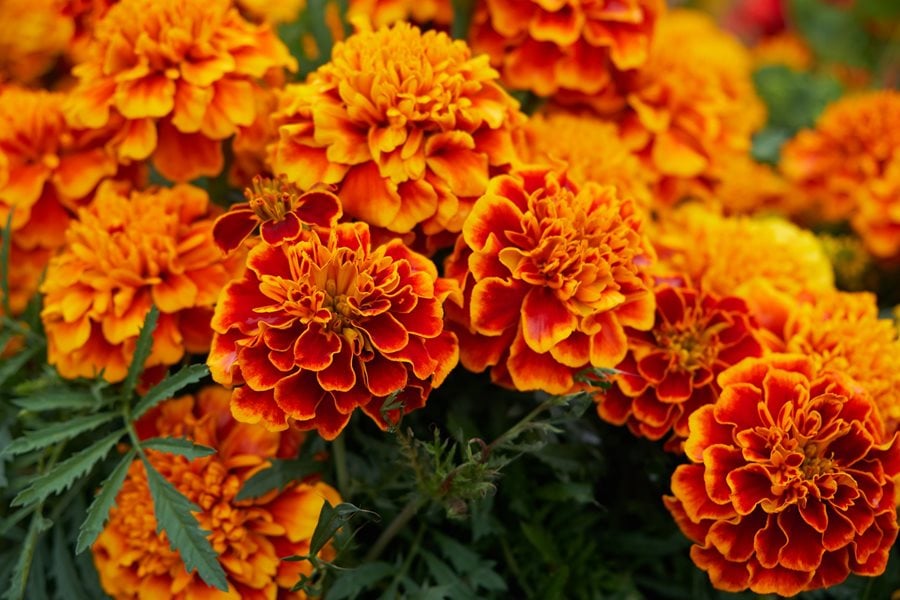
- Nasturtiums: Nasturtiums are another great choice for companion planting with green beans. They also help to repel pests, and their bright flowers can add a splash of color to your garden.

- Cucumbers: Cucumbers and beans are a natural pairing. They both need full sun and well-drained soil, and they can help each other to grow. Cucumbers help to shade the roots of the beans, which can help to prevent them from drying out. Beans, on the other hand, can help to fix nitrogen in the soil, which is beneficial for cucumbers.
- Peas: Peas are another legume, which means that they fix nitrogen in the soil. This is beneficial for green beans, as it helps to improve the soil quality and make nutrients more available. Peas can also help to suppress weeds, which can free up your time and energy to focus on other tasks.
- Potatoes: Potatoes and beans can be planted together in a system called the Three Sisters. In this system, the beans provide nitrogen for the potatoes, the potatoes provide shade for the beans, and the squash helps to suppress weeds.

- Spinach: Spinach is a cool-season crop that can be planted alongside green beans in the spring or fall. Spinach helps to suppress weeds and improve the soil quality, and it can also be harvested early in the season to give your green beans more space to grow.
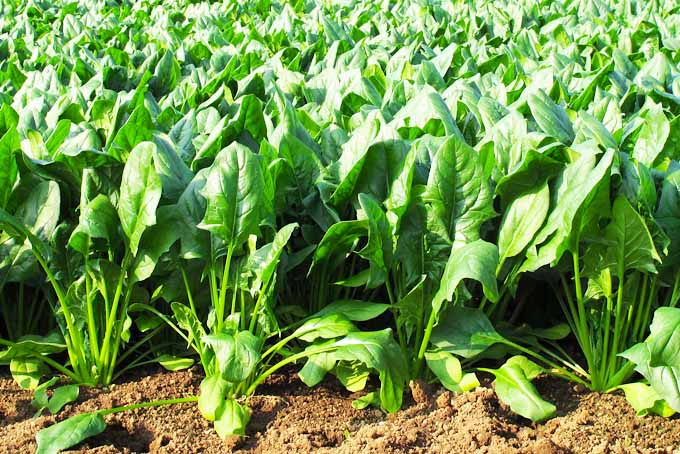
In addition to these plants, there are a number of other companion plants that can benefit green beans. Some other good options include carrots, celery, cauliflower, lettuce, oregano, rosemary, and tomatoes.
When choosing companion plants for your green beans, it is important to consider the size and growth habit of the plants. For example, you would not want to plant a large plant like corn next to a small plant like bush beans. You should also consider the sunlight and water requirements of the plants.
By carefully choosing companion plants for your green beans, you can help them to grow healthy and productive. Companion planting is a simple and effective way to improve your garden's yields and reduce the need for pesticides.
Green beans are a delicious and versatile vegetable that can be grown in many different climates. But did you know that companion planting can help you get a better yield and healthier plants?
Companion planting is the practice of planting certain plants together to benefit each other. For example, beans are nitrogen-fixing plants, which means they can add nitrogen to the soil. This makes them a great companion for plants that need a lot of nitrogen, such as tomatoes and cucumbers.
Other good companion plants for green beans include:
- Marigolds: Marigolds help to repel pests, such as Mexican bean beetles.
- Nasturtiums: Nasturtiums also help to repel pests, and they can also attract beneficial insects, such as ladybugs.
- Cucumbers: Cucumbers and green beans help to shade each other from the sun, which can help to prevent them from bolting.
- Potatoes: Potatoes and green beans help to repel each other's pests.
For more information about companion planting with green beans, visit Gardenia Inspiration. This website has a comprehensive list of companion plants for green beans, as well as tips on how to plant them together.
FAQ of companion planting with green beans
1. What are the best companion plants for green beans?
Some of the best companion plants for green beans include:
- Corn: Corn provides a trellis for pole beans to climb, and the beans help to fix nitrogen in the soil, which benefits the corn.

- Cucumbers: Cucumbers and beans have similar growing requirements and can help to shade each other from the sun.
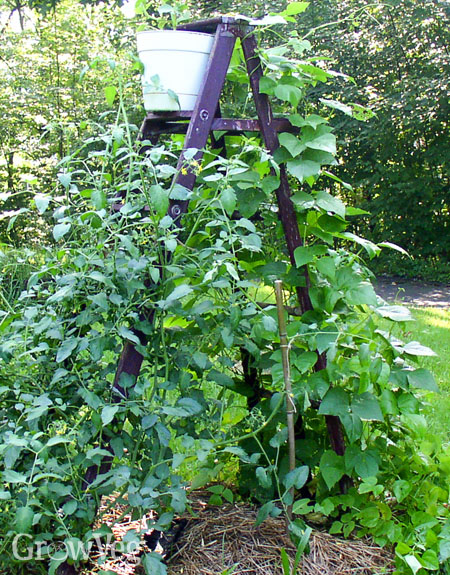
- Marigolds: Marigolds help to repel pests, such as Mexican bean beetles, from green beans.
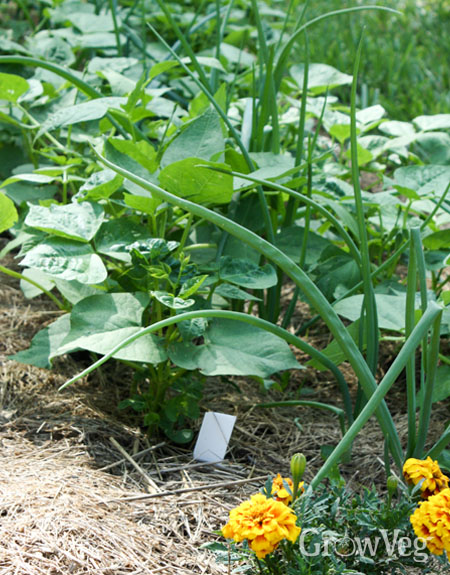
- Nasturtiums: Nasturtiums also help to repel pests, and their flowers are edible.
- Potatoes: Potatoes and green beans can help to deter each other's pests.
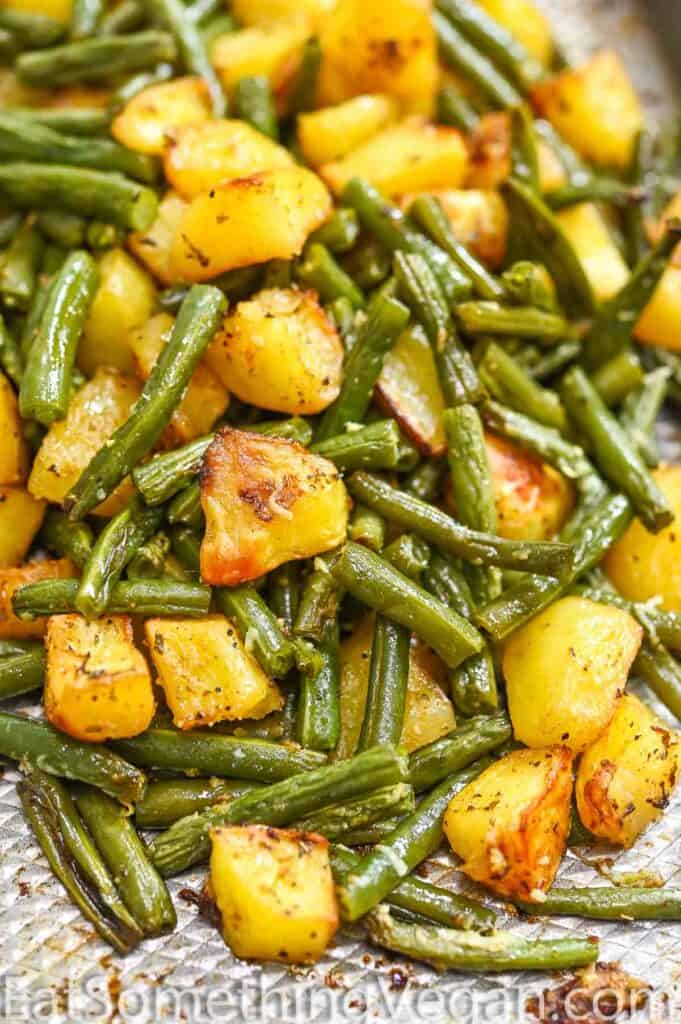
2. What plants should not be planted near green beans?
Some plants that should not be planted near green beans include:
- Alliums: Alliums, such as garlic, onions, and chives, can stunt the growth of green beans.
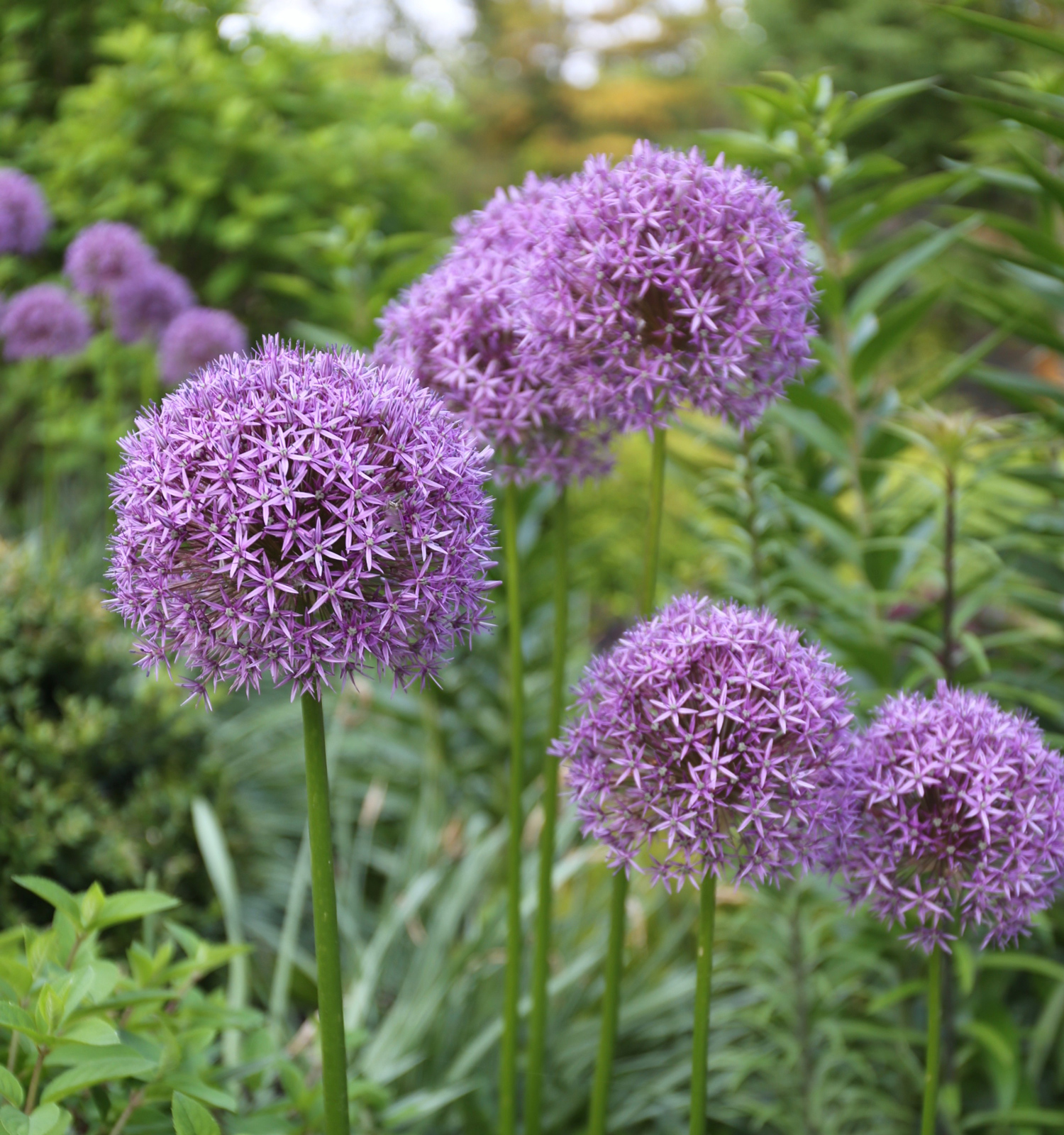
- Fennel: Fennel can compete with green beans for water and nutrients.

- Gourds: Gourds can shade out green beans and spread disease.
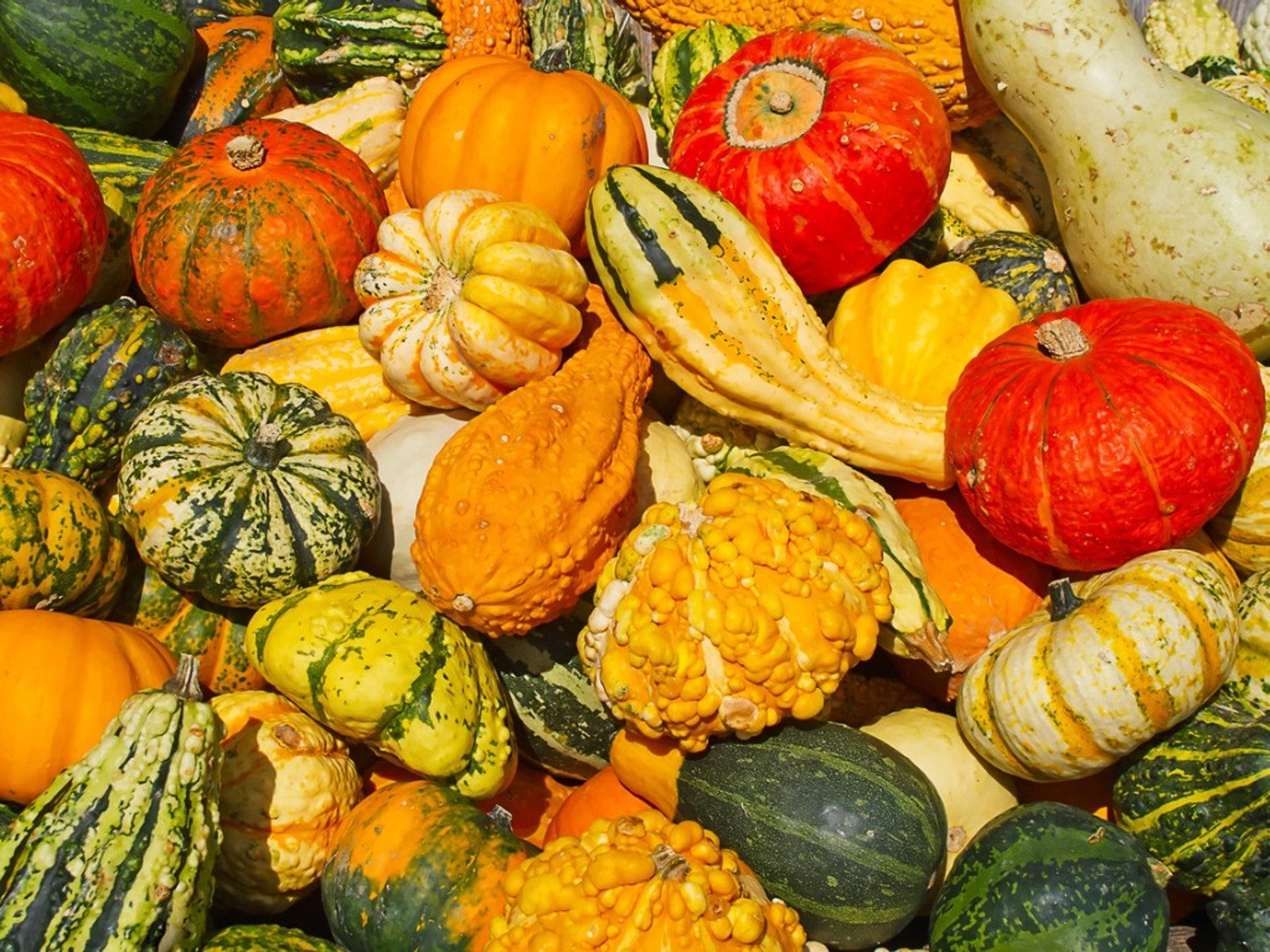
- Peas: Peas and green beans can compete with each other for nutrients.

- Spinach: Spinach can attract pests that also attack green beans.

3. How do companion plants benefit each other?
Companion plants benefit each other in a variety of ways. Some plants can attract beneficial insects that help to control pests, while others can improve the soil quality or provide shade. For example, corn provides a trellis for pole beans to climb, and the beans help to fix nitrogen in the soil, which benefits the corn. Cucumbers and beans have similar growing requirements and can help to shade each other from the sun. Marigolds help to repel pests, such as Mexican bean beetles, from green beans. Nasturtiums also help to repel pests, and their flowers are edible. Potatoes and green beans can help to deter each other's pests.
4. How far apart should companion plants be planted?
The distance between companion plants will vary depending on the specific plants involved. In general, it is a good idea to plant companion plants at least 12 inches apart to give them enough space to grow. However, some plants, such as corn and beans, can be planted closer together.
5. What are some other benefits of companion planting?
In addition to helping to control pests and improve soil quality, companion planting can also:
- Increase crop yields
- Improve plant health
- Make the garden more attractive
- Reduce the need for herbicides and pesticides
Image of companion planting with green beans
- Pole beans and tomatoes: Pole beans and tomatoes are a classic companion planting combination. The beans help to fix nitrogen in the soil, which benefits the tomatoes. The tomatoes provide shade for the beans, which helps to protect them from the sun and pests.

- Carrots and green beans: Carrots and green beans are another good companion planting combination. The carrots help to deter the pests that can damage green beans, such as aphids and beetles. The green beans help to support the carrots, which can sometimes fall over.
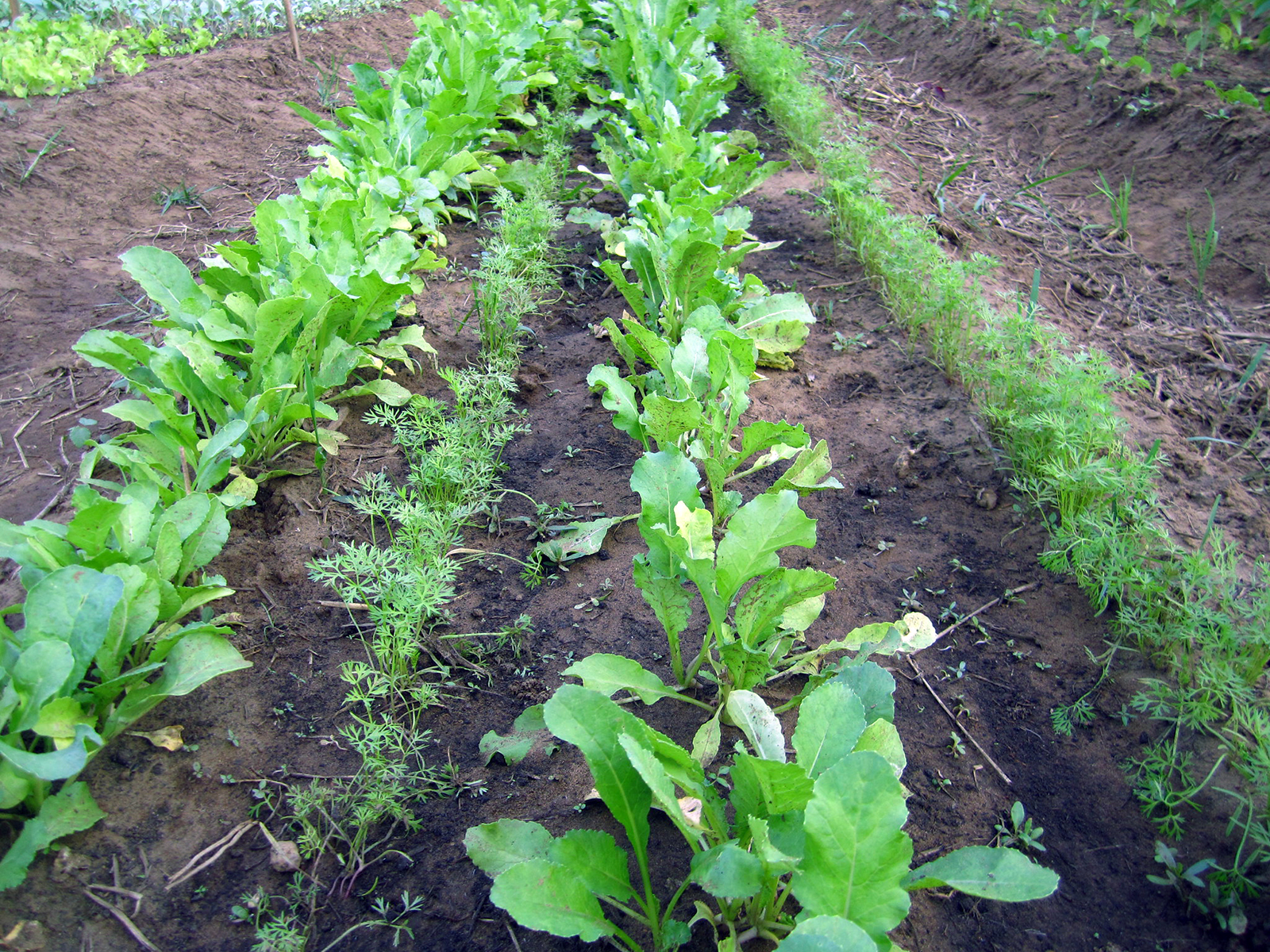
- Cucumbers and nasturtiums: Cucumbers and nasturtiums are a beneficial companion planting combination. The nasturtiums help to attract pollinators, which help to pollinate the cucumbers. The cucumbers help to shade the nasturtiums, which helps to protect them from the sun.
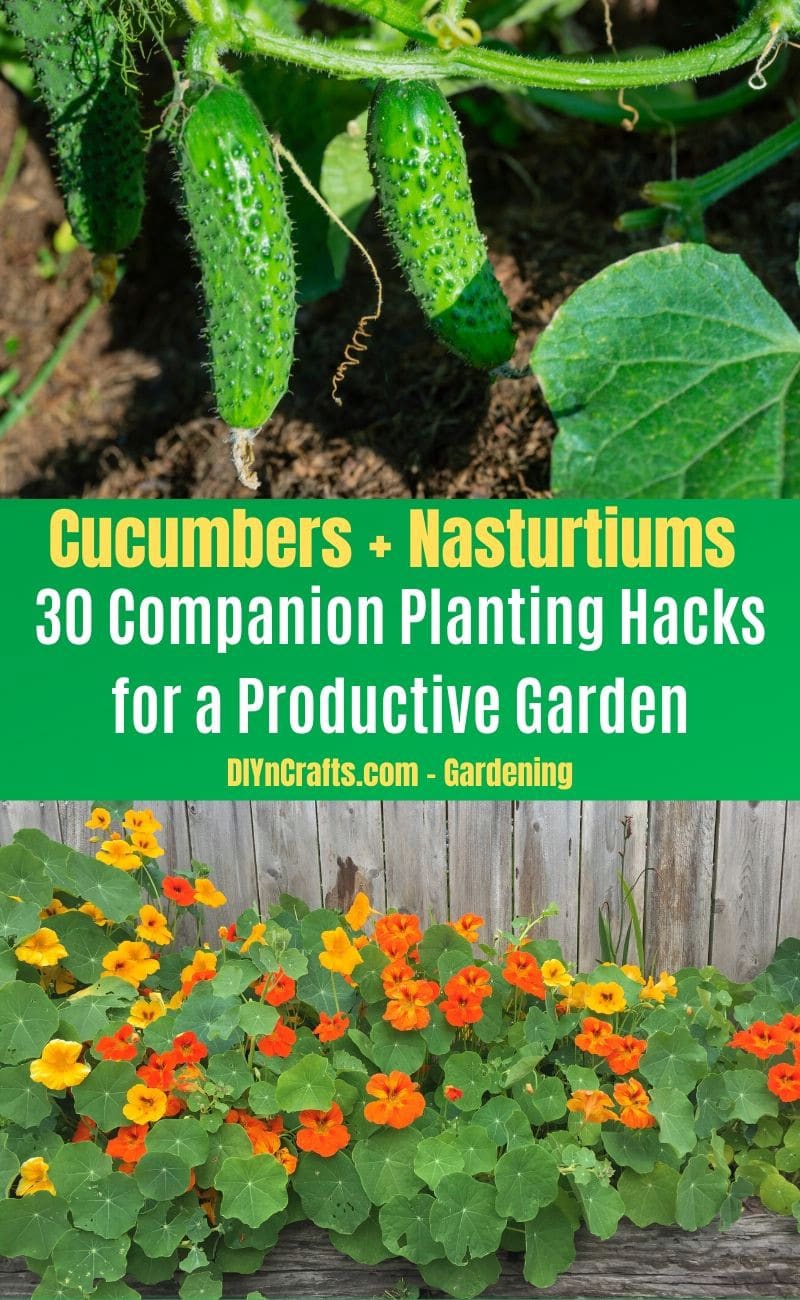
- Spinach and lettuce: Spinach and lettuce are a good companion planting combination because they have similar growing requirements. They both need full sun and well-drained soil. They also don't compete with each other for nutrients or water.

- Peas and onions: Peas and onions are a good companion planting combination because they help to repel each other's pests. The onions help to deter aphids and other pests that can damage peas. The peas help to suppress the growth of onion maggots.
Post a Comment for " Companion Plants That Will Help Your Green Beans Thrive"